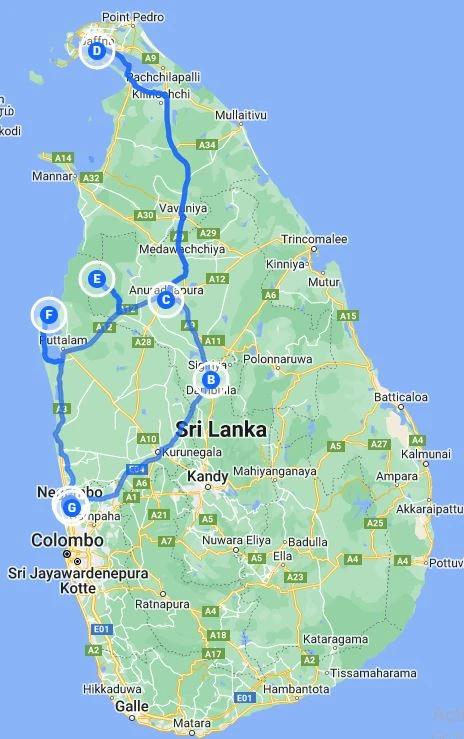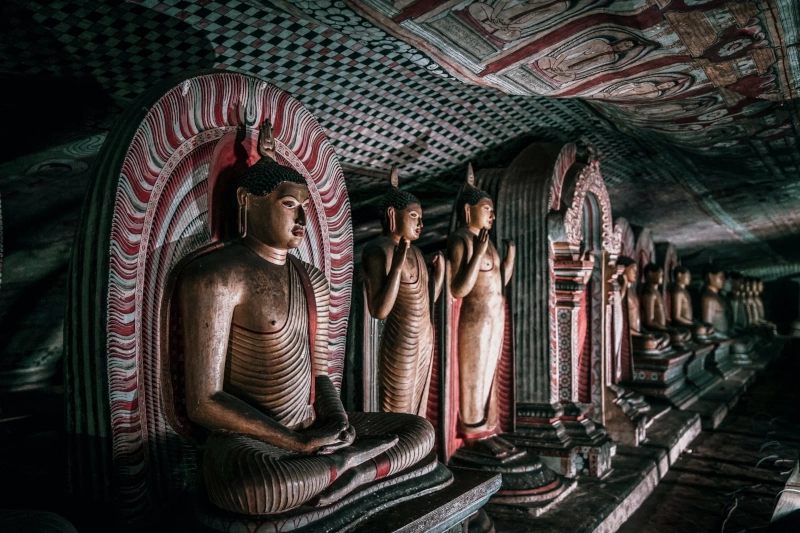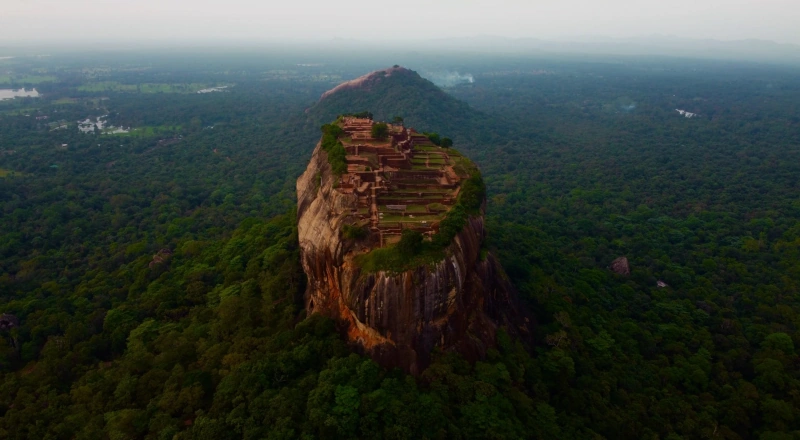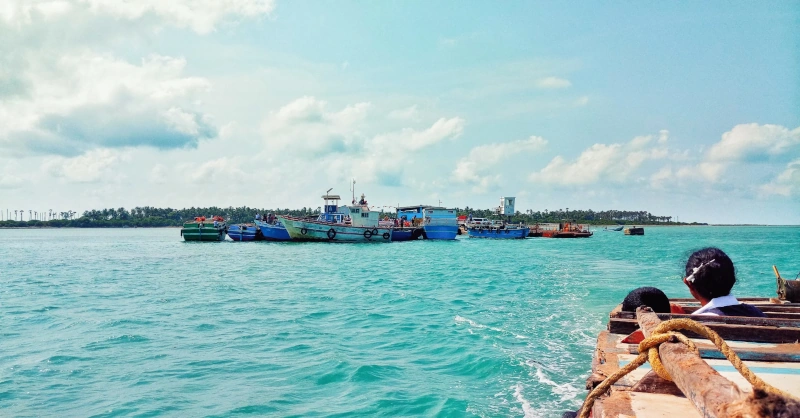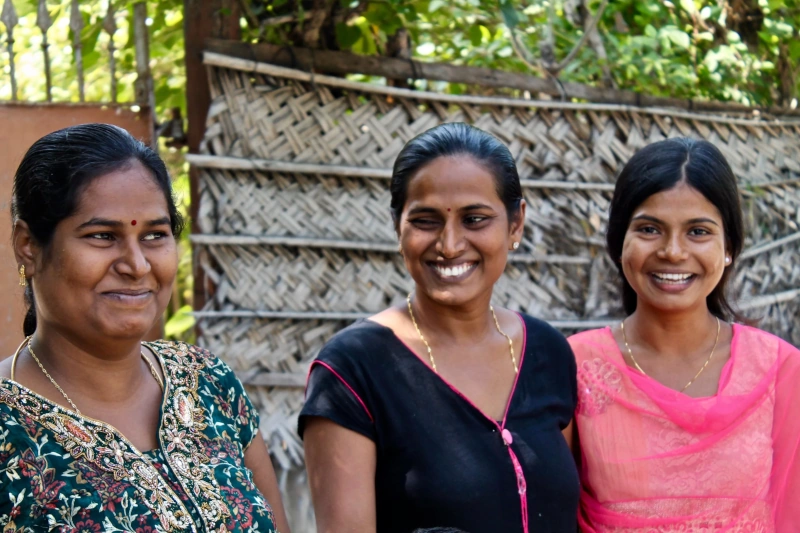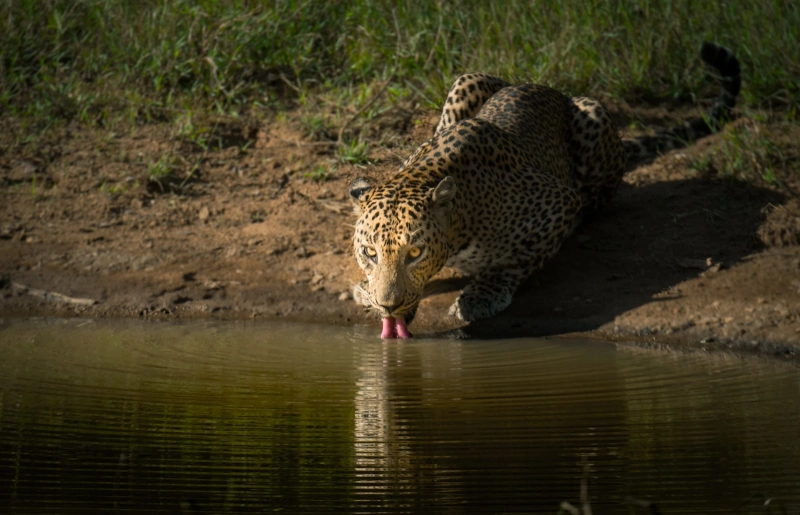
Stepping into the tourist-free Northern Peninsular, this tour covers the most authentic beauty preserved in the North. On your way there, you will have mandatory stops to visit the gigantic Sigirya and the sacred site of Anuradhapura. The tour will not be complete until you spend a night in the wildlife-packed Wilpattu National Park and the kite surfing paradise of Kalpitiya.
Jaffna peninsula was engulfed by thirty years of war between the LTTE and the Sri Lanka Army. It did not take long after its liberation in 2010 for the North to flourish again. The tobacco plantations, paddy fields, acres of palmyra, coconuts, and the best mouthwatering mangos make the North stand out from the South. Every dollar you spend here helps the once war-torn community to return to its former glory.
This heritage packed city is 4-5 hours away from the airport. It is famous for its historical, cultural and natural attractions which speaks volumes of the wondrous island of Sri Lanka.
Enroute, we visit Dambulla Cave temple, a world heritage site of Sri Lanka. This temple dates back to the 1st Century BC. It is believed that prehistoric Sri Lankans would have been living in these caves before the arrival of Buddhism. The nearby archeological burial site of Ibbankatuwa proves their existence in the area. The temple complex comprises 5 main caves with meticulously carved Buddha statues, Stupas and paintings, depicting the craftsmanship of ancient Sri Lankans.
Check into the hotel and relax before enjoying a scrumptious Sri Lankan dinner.
After an early breakfast at the hotel we head towards Sigiriya to climb up the massive rock fortress. The history of this monument roots back to the 5th Century BC. It was a monastery and then a fortress and palace for King Kassapa. The rock is surrounded by an extensive complex of fortification, water garden, boulder garden, caves, canals and alleys. The top of the rock plateau still holds the foundation of the ruined palace and pools used by the king.
Departing Dambulla after lunch we arrive in the sacred city of Anuradhapura; the 1st kingdom of ancient Sri Lanka which dates back to 437BC. Buddhism played a major role during this period influencing its culture, architectural monuments and the way of governance. The kingdom was largely based on agriculture, hence the construction of irrigation works was a major achievement of the Anuradhapura Kingdom, ensuring water supply in the dry zone and helping the country grow mostly self-sufficient.
The sacred city is the most beautiful at night when the moon beats the day’s heat while thousands of oil lamps light up the temple premises. The enormous pagodas which are only second in size to the pyramids of Giza will be clearly visible from many miles away, painting a beautiful picture before you.
We travel to the least visited North today where culture, nature, and architecture are undoubtedly magnificent. Tall trees start to vanish while acres of wet grasslands appear along the road. You will see old buildings damaged by bullets and much other tangible proof of the bloodshed that happened before 2010.
We spend two days in the North exploring must-see places and tasting their food. Being closer to South India than to Colombo, the North has great Indian influence, Hindu cultural hues, and colonial charm.
We can visit the Nallur Kovil dedicated to Lord Murugan, the god of war, love, and beauty. Next, we have the Nagadeepa historic temple, constructed over 2700 years ago, which is of utmost importance to Buddhists being one of the places the Lord Buddha has visited. Jaffna Fort and Fort Hammenhiel are two places to explore the ruins of the colonial period which are being renovated and preserved for visitors.
Wild horses and ponies in Delft Island, The Miracle Springs of Keerimalai, the Bottomless Well of Nilavarai, and Casuarina Beach are a few more places you could add to your bucket list to visit while in Jaffna. Do not forget to sneak a peak at Jaffna Library, one of the most significant landmarks that speak volumes about the destruction caused by war. This library was once among the largest libraries in Asia that contained a vast array of ancient Tamil and Sinhala books. In 1980 it was set on fire, marking one of the most violent, irreversible acts of the ethnic war.
Wilpattu is the largest national park in Sri Lanka covering 130,000 hectares rich in ‘Villus’ or wetlands as its name suggests. This was once the most popular park, but was closed to visitors followed by an attack on its wardens by the LTTE in 1985. It reopened in 2010 but is not as busy as Yala. This is one of the best places to spot elephants, sloth bears, and the Sri Lankan leopard apart from a multitude of bird species including Ibis, lesser adjutant, Malabar hornbill and many others.
We camp here today to enjoy a game drive in the park and witness its wilderness.
Kalpitiya is one of the best beaches for kitesurfing, dolphin, and whale watching from May to October. The lagoon and the islets scattered around it make Kalpitiya a perfect location for diving, snorkeling, Kayaking and boat rides. We enjoy two nights here exploring the mangrove forests and Kalpitiya fort while enjoying water sports and adventures to have a perfect finale for the tour in Ceylon.
Today, we bid farewell to the paradise island. If time permits, enjoy a last-minute city tour and shopping in Negombo.
